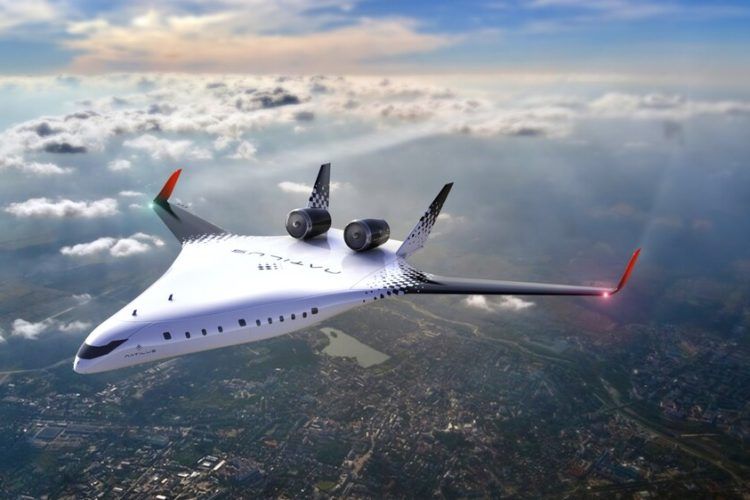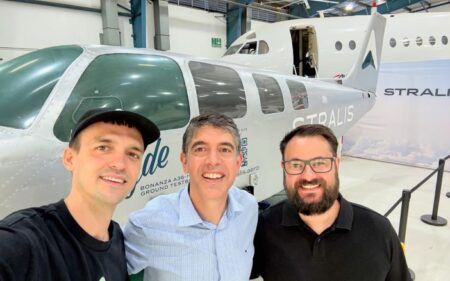California, USA-based startup Natilus has revealed the design for its first commercial passenger airliner, the 200-seat Horizon.
The blended-wing-body aircraft (BWB), which Natilus describes as “hyper-efficient” will be capable of transporting 200 passengers with cargo along intercontinental routes such as Los Angeles to Boston or transatlantic routes from New York to London.
The company is targeting the “early 2030s” for the first customer deliveries of Horizon
According to Natilus, its BWB design will reduce emissions by 50% and burn 30% less fuel than comparative tube-and-wing aircraft thanks to its improved aerodynamic efficiency and increased interior volume.
Aleksey Matyushev, CEO and co-founder of Natilus said, “The commercial aviation industry is looking for real solutions to become more sustainable, more efficient, and more profitable. With the Horizon, we’re introducing improved aviation economics that benefit the industry while helping safeguard our planet for future generations.”
The aircraft will carry around the same payload as Boeing 737 and Airbus A320 narrowbody aircraft and will be compatible with existing gate operations and airport infrastructure, said the company.
The BWB concept was first devised around 100 years ago, but no aircraft using the design has ever reached the market. Although using the wing area for seating increases the volume within the aircraft interior, several disadvantages have prevented the design from being commercialized.
Key disadvantages of the BWB design include incompatibility with existing airport infrastructure and concerns over passenger comfort. Long rows of seats mean passengers are either seated further away from windows or more susceptible to motion sickness at the edges, as well as slower aircraft evacuations.
Natilus is also developing the Kona, an autonomous BWB cargo aircraft with a 1,000 mile (1,600km) range and 3.8-ton payload capacity that it plans to start delivering to customers in 2026. Roll-out of the first Kona prototype is expected next year.





